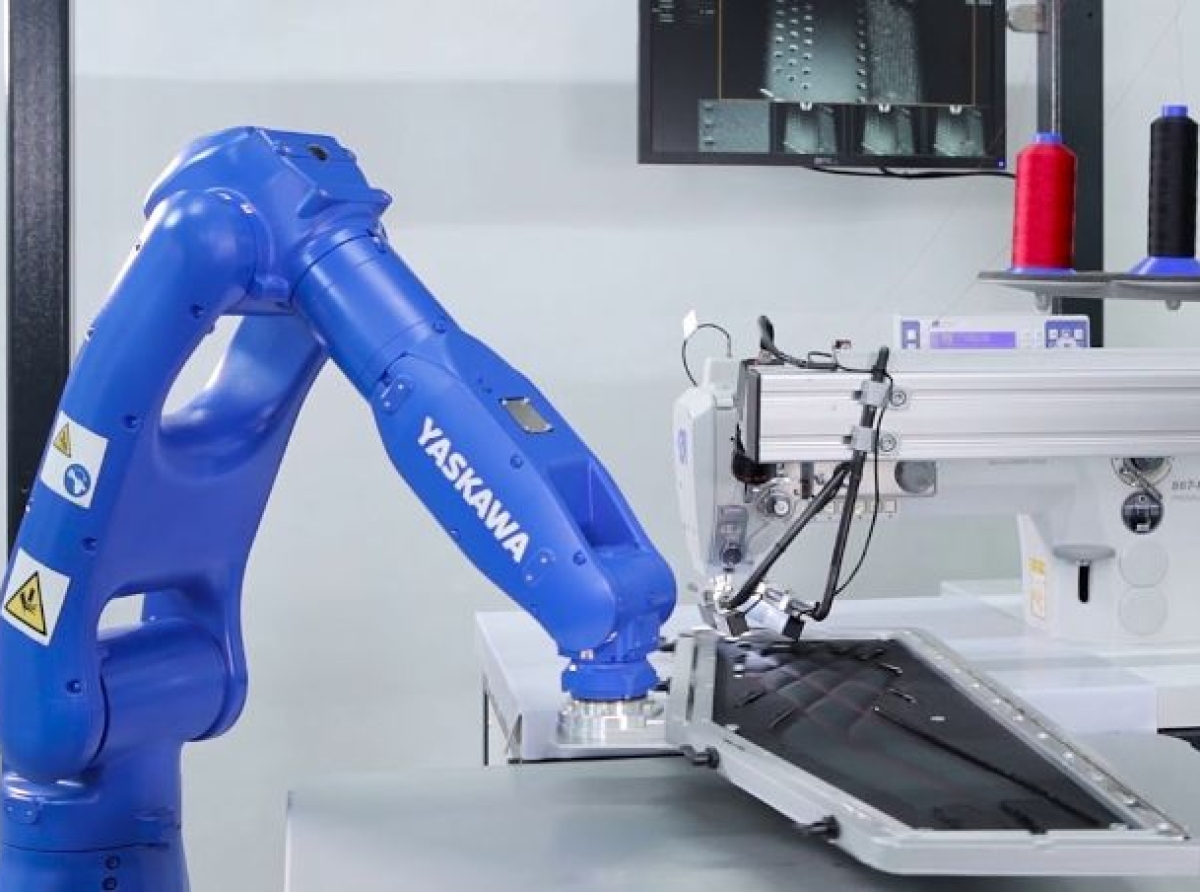15 October 2022, Mumbai:
For many years, the industrial world has significantly benefited from the deployment of automation. High degrees of repeatability and accuracy in production tools and high levels of consistency and precision in work items have been required.
Only vast volumes of output may be proved to have an economic justification. We need robotics-based adaptive manipulation systems to do this. Robotics is no longer a niche subject; it is now a global one!
As a result, using robots in both the industrial sector and the textile industry has produced notable advantages. Robotics in the textile industry is used to reduce labor-intensive operations' reliance on human labor. Robotics and automation are frequently used interchangeably in the textile business nowadays. Since computers are essential to robotics, the term robot has a particular connotation and is heavily used in the textile business.
Decoding Robotics
Robotics is no longer a niche subject; it is now a global one! As a result, using robots in both the industrial sector and the textile industry has produced notable advantages. Robotics in the textile industry is used to reduce the need for human labor in labor-intensive operations.
The fantastic progress made in contemporary technology during the last few decades. It has enabled the textile production sector to eliminate human intervention in several areas. As a result, the manufacture of high-quality textiles has been made possible. The textile industry has gradually embraced automation in the processes used to make textiles thanks to technological advancements in the domains of robotics and artificial intelligence in recent years.
Historic Perspective
Since John Kay invented the flying shuttle more than 200 years ago, robots and automation have been used in the textile business. In addition to enabling increased productivity, the flying shuttle machine reduced the labor required to run the weaving loom from two to one.
In the past years, there has been a significant change in the textile industry's regional distribution. A percentage of the manual textile manufacturing facilities used by textile firms have been automated. Recent growth in robotics applications and Asia's quickly growing wages have piqued some manufacturers' interest in the robotics production-based business model. Textile firms are prioritizing automation to maximize efficiency and production.
Road Ahead
Automation and robots are now widely employed in the textile sector. In the textile industry, significant robotics breakthroughs are already being made. However, the sectors that produce textiles do not use mass production.
There are often fewer studies on robots and automation in textile production. Because of this, the uses of robots in the textile sector have not significantly deviated from standard handling, assembling, welding, cutting, etc.
To further investigate the use of robots in the textile business, our textile manufacturer must spend and take the appropriate steps.
Latest Publications

































